The scent of ancient books—that distinctive aroma of yellowed pages and weathered bindings—has long captivated bibliophiles and scientists alike. Beneath its nostalgic allure lies a complex biochemical narrative: the gradual degradation of cellulose, the very backbone of paper, over centuries. "The Molecular Whisper of Time: Cellulose Degradation in Antique Texts" isn’t merely poetic metaphor; it’s a tangible process where organic chemistry collides with history. As researchers decode these molecular transformations, they uncover secrets about preservation, material decay, and even the environmental conditions that shaped civilizations.
At the heart of this phenomenon is cellulose, a polysaccharide that forms the structural framework of plant cell walls. In paper, derived primarily from wood pulp or cotton, cellulose chains are initially robust and tightly interwoven. Yet time, humidity, and oxidation conspire to unravel this order. Hydrolysis—a reaction where water molecules cleave glycosidic bonds—slowly fragments these chains. The result? Shorter polymers and eventually glucose monomers, which further decompose into volatile organic compounds (VOCs). It’s these VOCs—furfural, vanillin, and acetic acid—that contribute to the "old book smell," a fragrant fingerprint of chemical aging.
But degradation isn’t uniform. The rate at which cellulose succumbs to time depends on a symphony of factors. Paper produced before the 19th century, often crafted from rags with high cotton content, tends to resist decay better than wood-pulp paper laden with lignin. Acidic sizing agents, introduced during industrialization, accelerated the brittleness of later volumes. Even storage conditions play a role: fluctuations in temperature and humidity foster microbial growth or oxidative reactions, while stable environments allow books to slumber for centuries with minimal damage. A medieval manuscript kept in a dry, dark monastery might outlast a 1920s novel stored in a damp attic.
Modern science has turned this inevitable decay into a diagnostic tool. By analyzing VOC emissions, conservators non-invasively assess a book’s condition. Mass spectrometry can detect trace levels of furfural, offering clues about the paper’s age and degradation stage. Meanwhile, infrared spectroscopy reveals how cellulose’s crystalline structure morphs into amorphous regions over time. These techniques not only guide restoration efforts but also help authenticate artifacts. A forged "ancient" text might lack the telltale molecular signatures of centuries-old hydrolysis.
Yet the implications extend beyond libraries. Cellulose degradation mirrors broader challenges in preserving cultural heritage, from textiles to archival documents. Researchers now explore preventive measures: deacidification sprays to neutralize pH, nanocellulose coatings to reinforce fragile fibers, and even genetic engineering of plants to yield more stable paper sources. Paradoxically, the very process that destroys these materials also immortalizes them—their chemical decay becomes a ledger of human history. Each crumbling page, each whiff of vanillin, is a dialogue between permanence and ephemera, written in the language of molecules.
The study of cellulose degradation transcends chemistry; it’s an interdisciplinary bridge linking material science, history, and art conservation. As we unravel how time alters organic matter, we gain insights not just into saving books, but into the fragility of knowledge itself. The scent of old books, then, is more than nostalgia—it’s the aroma of entropy, a reminder that even the most enduring human creations are in quiet conversation with the laws of nature.

By /Aug 8, 2025

By /Aug 8, 2025
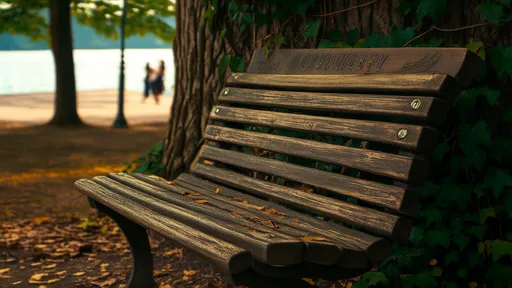
By /Aug 8, 2025

By /Aug 8, 2025
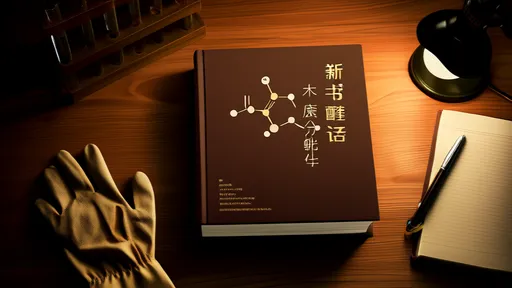
By /Aug 8, 2025
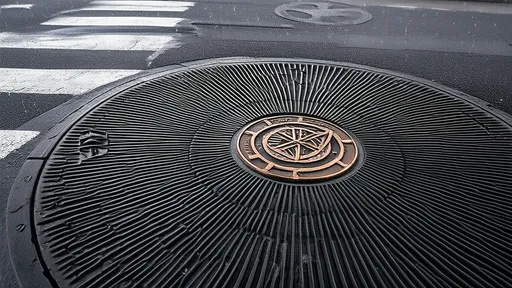
By /Aug 8, 2025
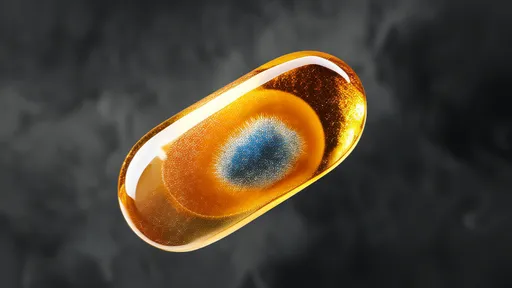
By /Aug 8, 2025

By /Aug 8, 2025

By /Aug 8, 2025
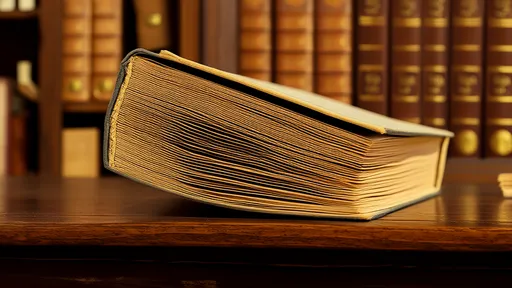
By /Aug 8, 2025

By /Aug 8, 2025

By /Aug 8, 2025

By /Aug 8, 2025

By /Aug 8, 2025

By /Aug 8, 2025

By /Aug 8, 2025
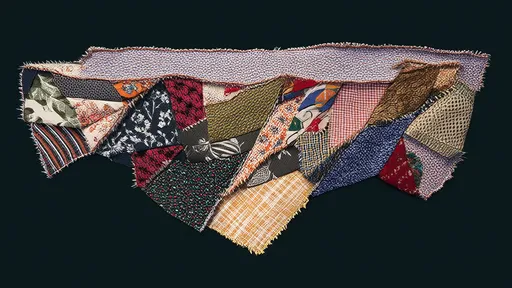
By /Aug 8, 2025
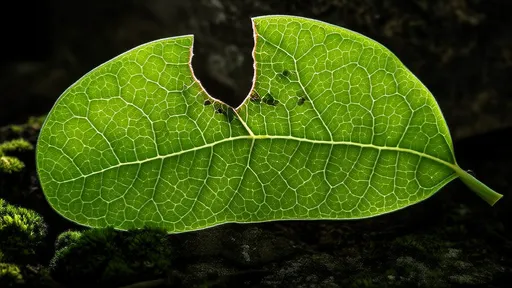
By /Aug 8, 2025

By /Aug 8, 2025
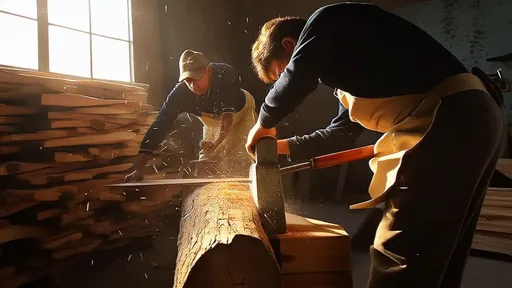
By /Aug 8, 2025